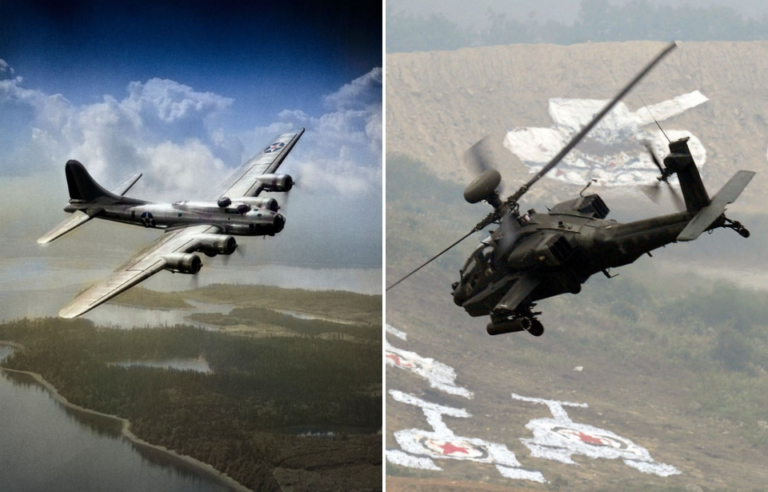
Table of Contents
Boeing, a big (and sometimes controversial)name in the aerospace industry, has a long history of building some of the world’s most recognizable and powerful military aircraft. The profession has made immeasurable contributions to aviation, from bombers that changed the course of history to sophisticated aircraft for patrol and surveillance.
Listed here are eight of the most famous military aircraft Boeing has ever produced, from World War II to more modern warfare.
Boeing B-17 Flying Fortress military aircraft
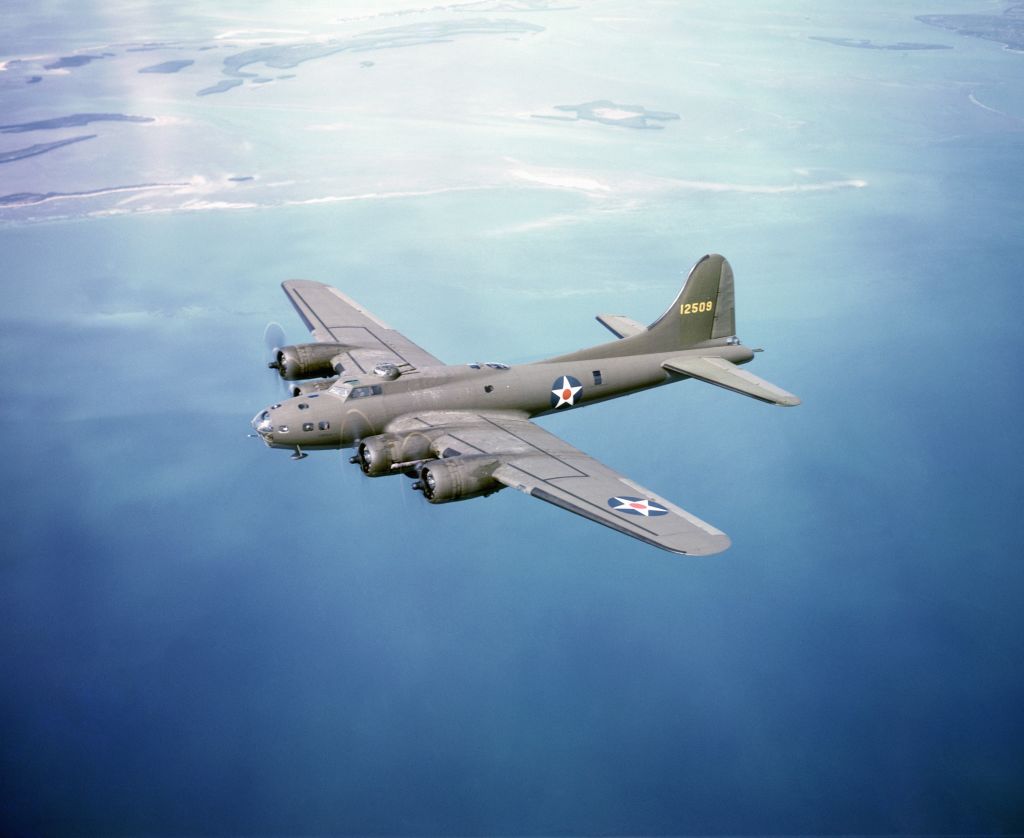
Are you surprised we’re kicking off our list with the B-17 Flying Fortress? We mean, it’s arguably the most popular Boeing military aircraft ever developed (as well as the most iconic).
One of the most powerful bombers of World War II, the B-17 was essential to Allied air combat. During its service life, it experienced many improvements and adjustments from when it was first launched in the late 1930s. Originally built for high-altitude bombing, it became noted for its toughness, firepower, and resilience to intense enemy fire.
B-17s played an important role in strategic bombing throughout the war, destroying key enemy targets such as airstrips, naval bases, and industrial facilities. Its long-range capabilities helped the Allies in Europe and the Pacific by enabling them to operate deep into enemy territory. The B-17 became the symbol of American air power and was essential in crushing the enemy’s will to fight production capacity.
The B-17 was able to survive in hostile skies because of its flexibility and defensive armament, even in the face of enemy overhead fighter and anti-aircraft resistance. Both his opponents and crew respected him for his famous tenacity. The bomber flew hundreds of missions before the end of World War II, leaving a lasting impression on military aviation.
Boeing AH-64 Apache
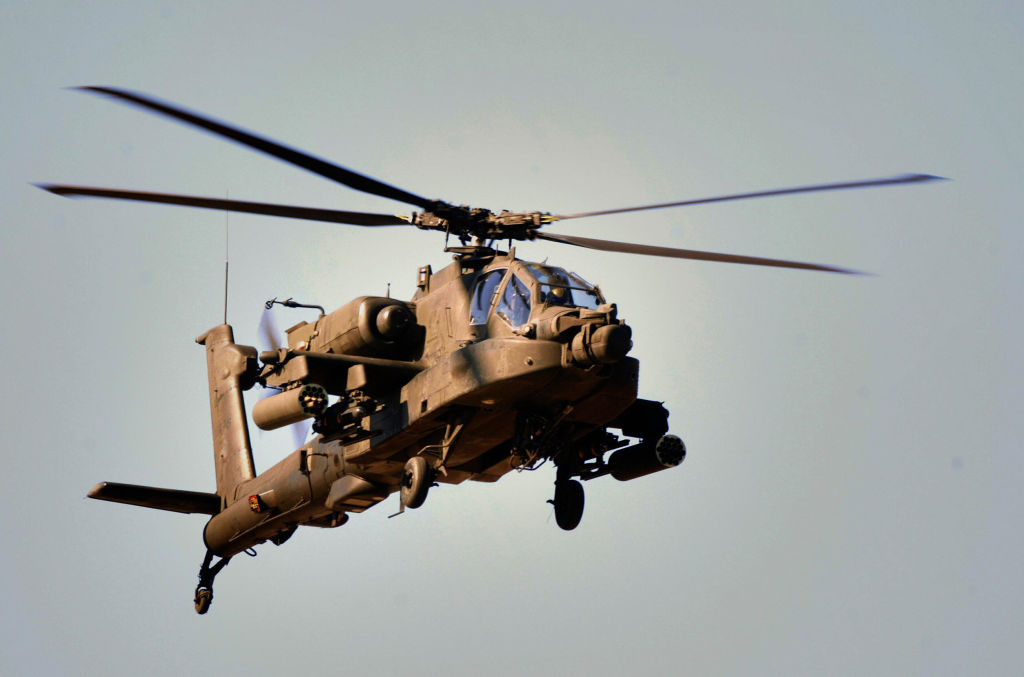
One of the world’s most powerful attack helicopters, the Boeing AH-64 Apache is renowned for its combat adaptability and lethality. It entered service in the 1980s and during Operation Desert Storm in 1991, it demonstrated its value by controlling the battlefield with its powerful firepower, sophisticated avionics and agility. Since then, many military operations and peacekeeping missions have relied heavily on Apache.
To keep up with changing threats, Apache has been continuously updated throughout its service. New survivability measures, sophisticated weapon systems and upgraded sensor systems have all been added. Helicopters are becoming an indispensable tool for ground forces that require the ability to operate day or night and air support due to adverse weather conditions.
The fighting history of the Apache goes beyond traditional warfare. Its tremendous firepower, ability to adapt to changing mission requirements and durability make it a valuable asset to many armed forces.
Boeing B-29 Superfortress
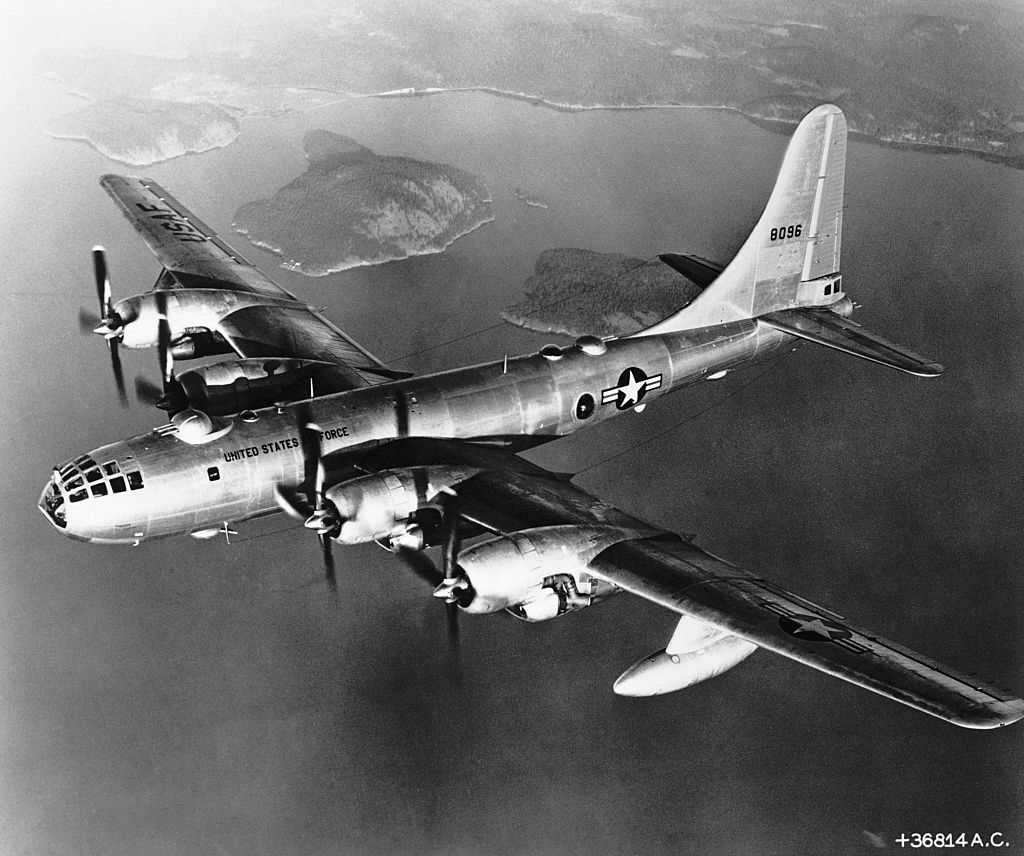
Sleek and efficient, the Boeing B-29 Superfortress is a symbol of American engineering in the Pacific theater of World War II. It was introduced in 1944 and incorporated innovations including a pressurized cabin and a remote-controlled gun turret to carry large bomb loads over long distances.
Its strategic importance was demonstrated by its participation in the August 1945 atomic bombings of Hiroshima and Nagasaki. These flights demonstrated the aircraft’s ability to accurately drop huge payloads, putting enormous strain on the Japanese war effort. In addition to its involvement in the Pacific, the B-29 was essential in the China-Burma-India (CBI) theater, where it bombed Japanese targets.
B-29s flew weather research and reconnaissance after the war. Although they were formally retired from active duty in the mid-20th century, many are still in running condition thanks to historic preservation initiatives, serving as a direct reminder of their importance in aviation history.
Boeing CH-47 Chinook
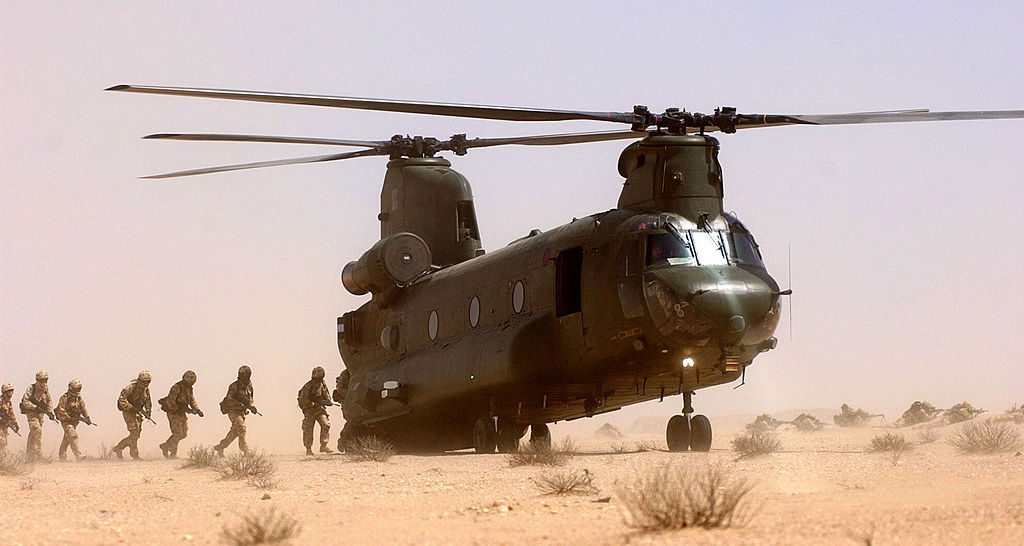
Since the 1960s, the Boeing CH-47 Chinook has been a popular twin-engine, tandem-rotor helicopter that has performed well in both military and commercial applications. It is a mainstay in heavy-lift and transportation operations because of its reputation for durability and adaptability. Furthermore, the helicopter’s twin rotor design gives it remarkable lifting capacity that allows it to move personnel, supplies and equipment over a variety of terrain and environmental conditions.
The Chinook has been involved in various non-transport operations during its service career, such as aerial firefighting, medical evacuation and disaster relief. The helicopter’s ability to quickly deploy and retrieve soldiers from the battlefield has made it an indispensable tool for military forces around the world. Its reliability has been demonstrated in many conflicts, including the Vietnam War, the Gulf War, and the wars in Afghanistan and Iraq.
The Chinook has been used extensively in non-military capacities such as search and rescue, firefighting and humanitarian aid operations. Its ability to lift large objects and operate under hazardous conditions is essential during natural disasters and humanitarian emergencies.
Boeing E-3 Sentry
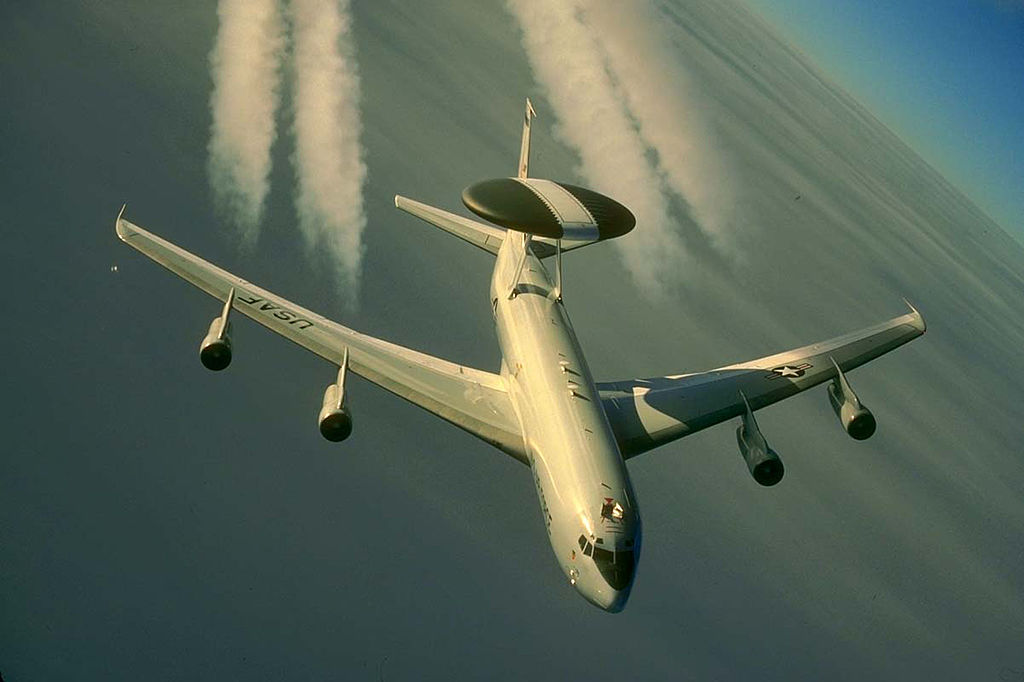
Since its inception in the 1970s, the Boeing E-3 Sentry, also known as the Aerial Warning and Control System (AWACS), has been a mainstay of aerial surveillance and command and control missions. Based on the Boeing 707 airframe, the aircraft has a large rotating radar dome atop the fuselage that rotates to track both surface and aerial targets and provide a 360-degree view for long-range detection.
The E-3 has participated in both offensive and defensive missions during its tenure, providing situational awareness and synchronization to military forces around the world. AWACS aircraft patrolled the skies throughout the Cold War, monitoring potential threats and providing vital command and control capabilities in the event of hostilities. It has been used in several military operations in recent years, including Operation Inherent Resolve and the NATO bombing of Yugoslavia.
In addition to its military use, the E-3 has been used for humanitarian missions and disaster relief operations. It is used to provide aerial surveillance and coordination during emergencies and natural disasters.
READ | Aircraft: World’s 10 Largest Optimal Commercial Aircraft By 2023
READ | FAA Launches Aggressive Search for Fake Titanium in Airbus, Boeing Airplanes
READ | Top 5 Military Aerial Dogfights in History


3 thoughts on “The most famous 5 military aircraft developed by Boeing”